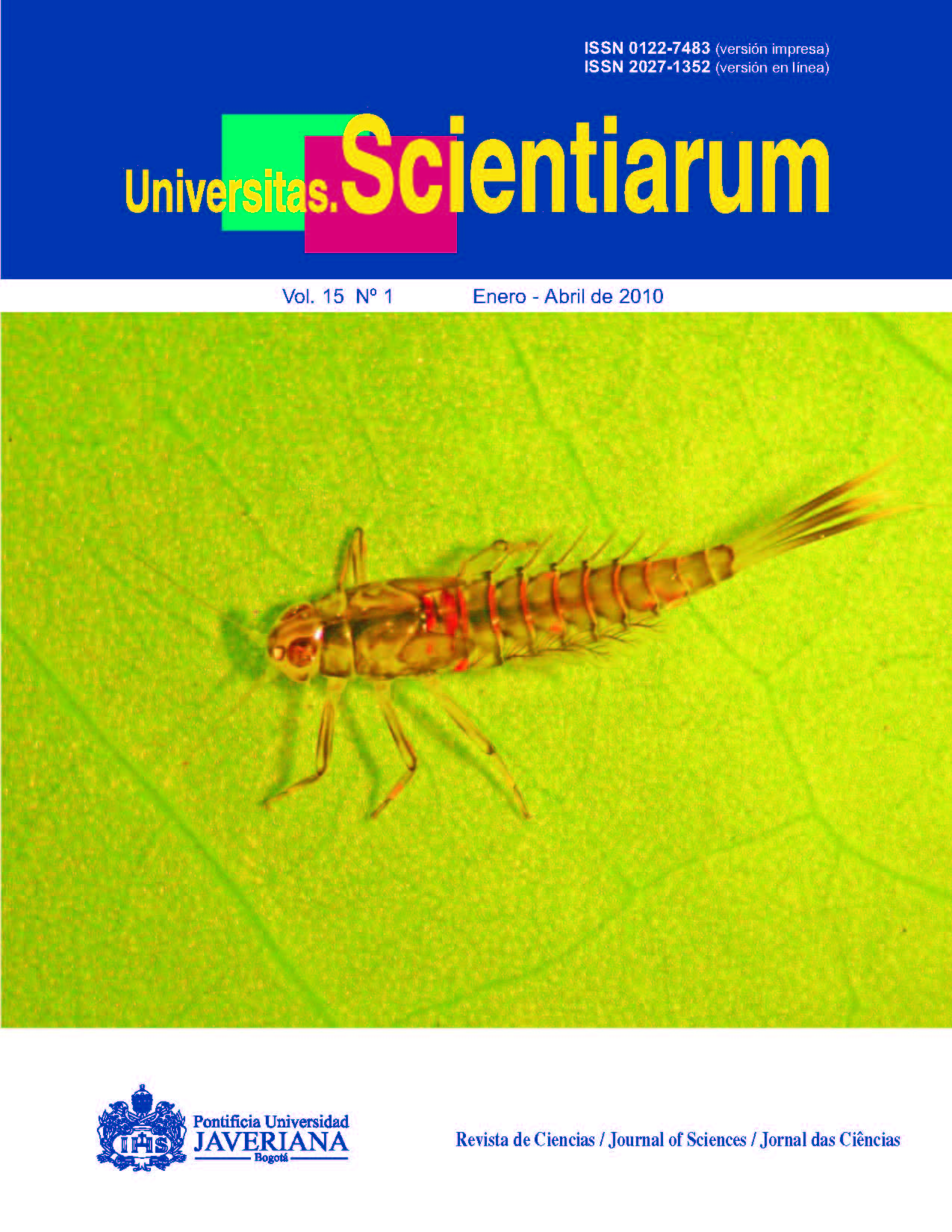Abstract
Polymer-based organic light-emitting diodes (OLEDs) with the structure ITO / PEDOT:PSS / MDMO-PPV / Metal were prepared by spin coating. It is known that electroluminescence of these devices is strongly dependent on the material used as cathode and on the deposition parameters of the polymer electroluminescent layer MDMO-PPV. Objective. In this work the effect of i) the frequency of the spin coater (1000-8000 rpm), ii) the concentration of the MDMO-PPV: Toluene solution, and iii) the material used as cathode (Aluminium or Silver) on the electrical response of the devices, was evaluated through current-voltage (I-V) measurements. Materials and methods. PEDOT:PPS and MDMO-PPV organic layers were deposited by spin coating on ITO substrates, and the OLED structure was completed with cathodes of aluminium and silver. The electric response of the devices was evaluated based on the I-V characteristics. Results. Diodes prepared with thinner organic films allow higher currents at lower voltages; this can be achieved either by increasing the frequency of the spin coater or by using concentrations of MDMO-PPV: Toluene lower than 2% weight. A fit of the experimental data showed that the diodes have two contributions to the current. The first one is attributed to parasitic currents between anode and cathode, and the other one is a parallel current through the organic layer, in which the carrier injection mechanism is mediated by thermionic emission. Conclusions. The results fitting and the energy level alignment through the whole structure show that PPV-based OLEDs are unipolar devices, with current mainly attributed to hole transport.
Key words: organic semiconductors, OLEDs, electroluminescent polymers, MDMO-PPV, PEDOT:PSS, Spin coating, HOMO, LUMO, carrier injection, thermionic emission.
Univ. Sci. is registered under a Creative Commons Attribution 4.0 International Public License. Thus, this work may be reproduced, distributed, and publicly shared in digital format, as long as the names of the authors and Pontificia Universidad Javeriana are acknowledged. Others are allowed to quote, adapt, transform, auto-archive, republish, and create based on this material, for any purpose (even commercial ones), provided the authorship is duly acknowledged, a link to the original work is provided, and it is specified if changes have been made. Pontificia Universidad Javeriana does not hold the rights of published works and the authors are solely responsible for the contents of their works; they keep the moral, intellectual, privacy, and publicity rights. Approving the intervention of the work (review, copy-editing, translation, layout) and the following outreach, are granted through an use license and not through an assignment of rights. This means the journal and Pontificia Universidad Javeriana cannot be held responsible for any ethical malpractice by the authors. As a consequence of the protection granted by the use license, the journal is not required to publish recantations or modify information already published, unless the errata stems from the editorial management process. Publishing contents in this journal does not generate royalties for contributors.



